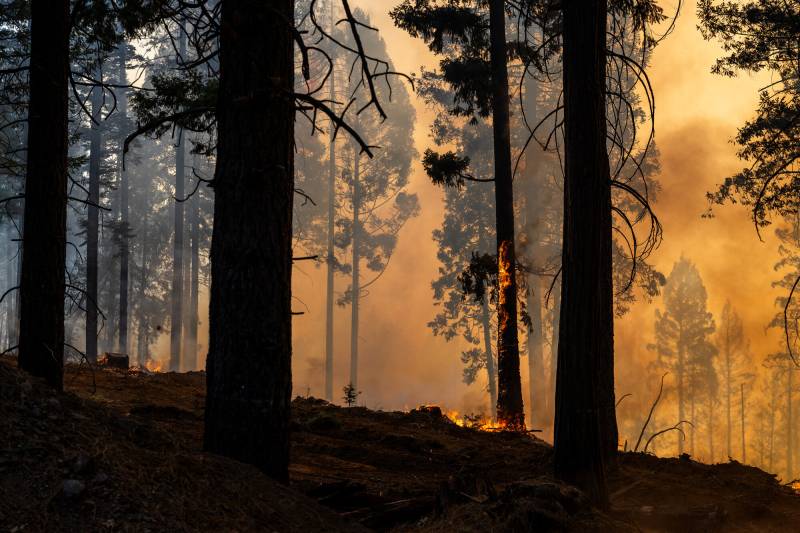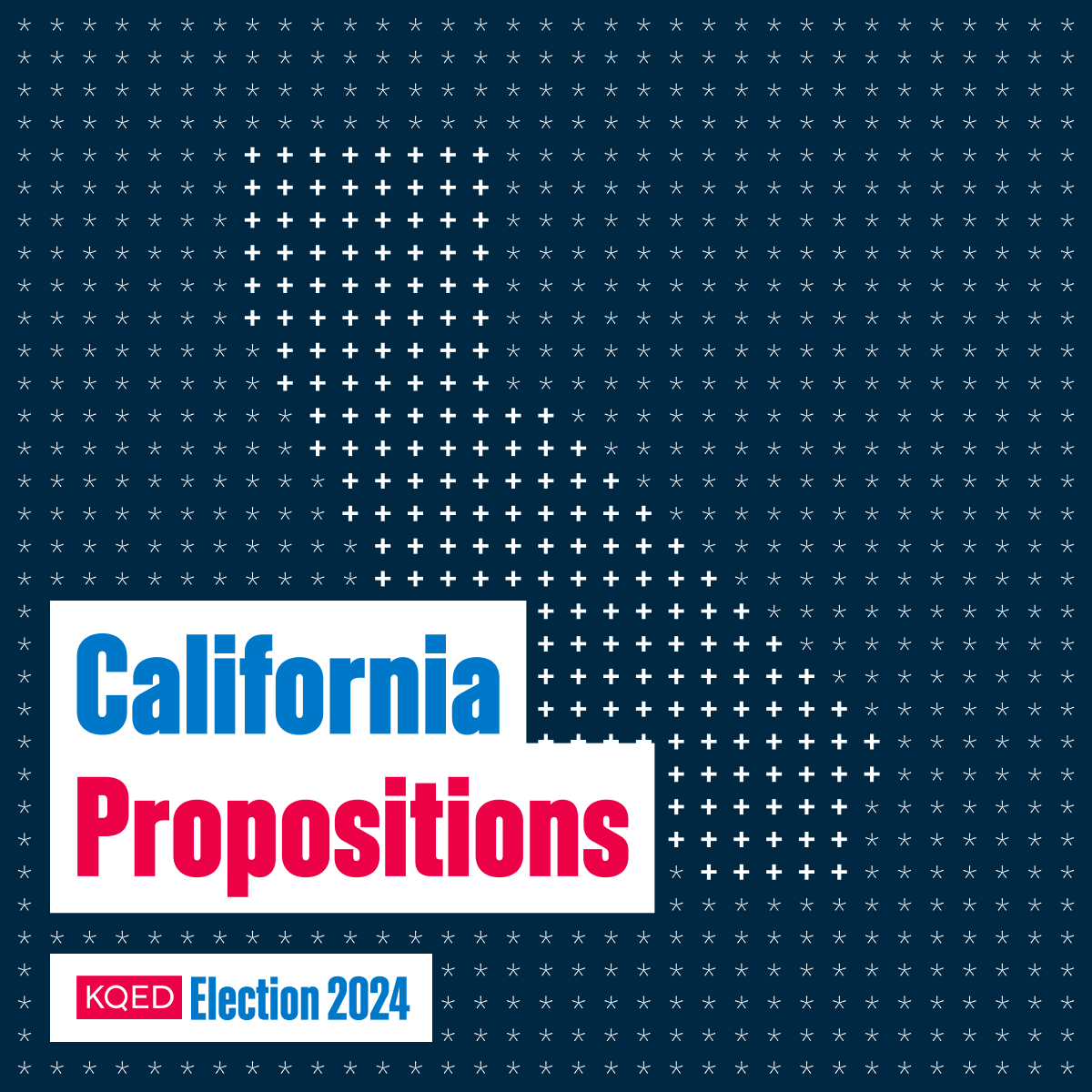Californians overwhelmingly supported Proposition 4, a $10 billion climate bond to help the state prepare and adapt for the impacts of climate change. With more than half the votes counted, nearly 58% of votes favored the bond compared to about 44% against the measure. The Associated Press called the race Wednesday morning.
Proponents of the environmental bond, including Gov. Gavin Newsom, argued over the course of the campaign that it could prevent billions of dollars in damages from extreme storms, wildfires, drought, and rising sea levels.
Environmental groups who pushed for the bond celebrated after lobbying for the bond for nearly two years.
“With so much at stake, we’re eager to see a positive result that enables California to lead on climate action and secure a greener, more equitable future for our communities,” said Mike Young, senior political and organizing director with California Environmental Voters.


